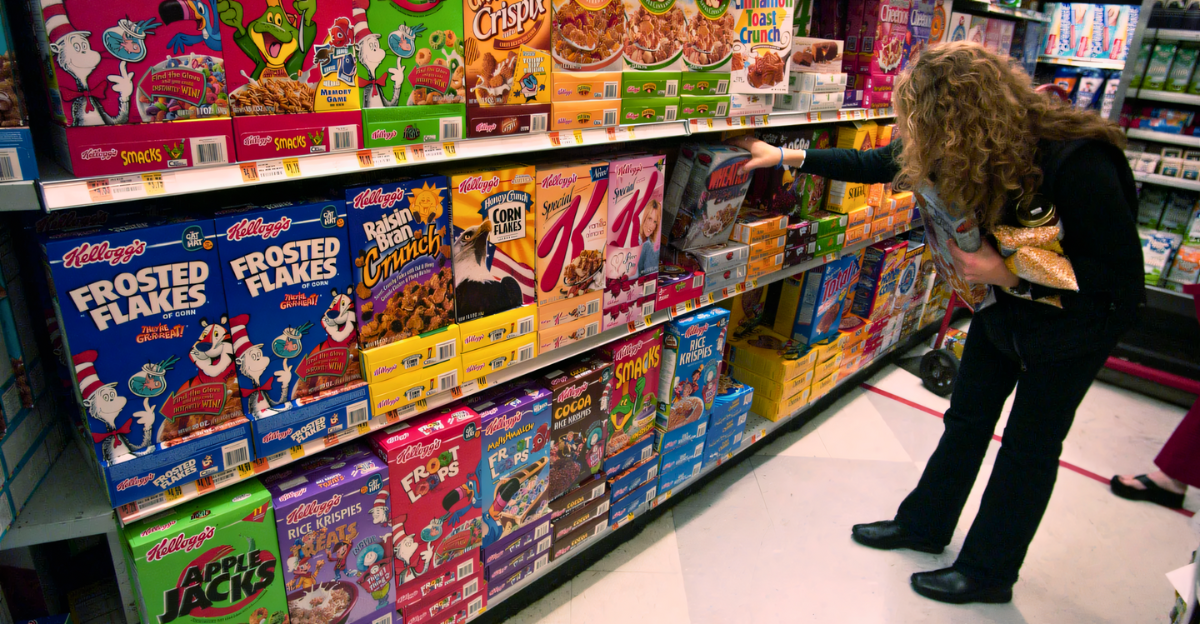
The move by Kellogg to sell its iconic cereal brands to Ferrero of Italy is neither foolish nor a sign of capitulation. Instead, it is a logical response to harsh realities: a rapid decline in category relevance, shifting dietary values, and decades-long drops in cereal consumption in the United States. Once supported by American breakfast customs, the global cereal market has shifted to more convenient, portable, and protein-rich options.
For a company that once invented the American breakfast, this move represents a paradigm shift as it recognizes that holding onto a declining market share in a stagnant category would be far riskier than selling off a cherished but under-performing asset. In the face of changing consumer behavior and market saturation, it is evidence of strategic agility.
Cereal Sales Slump for Decades
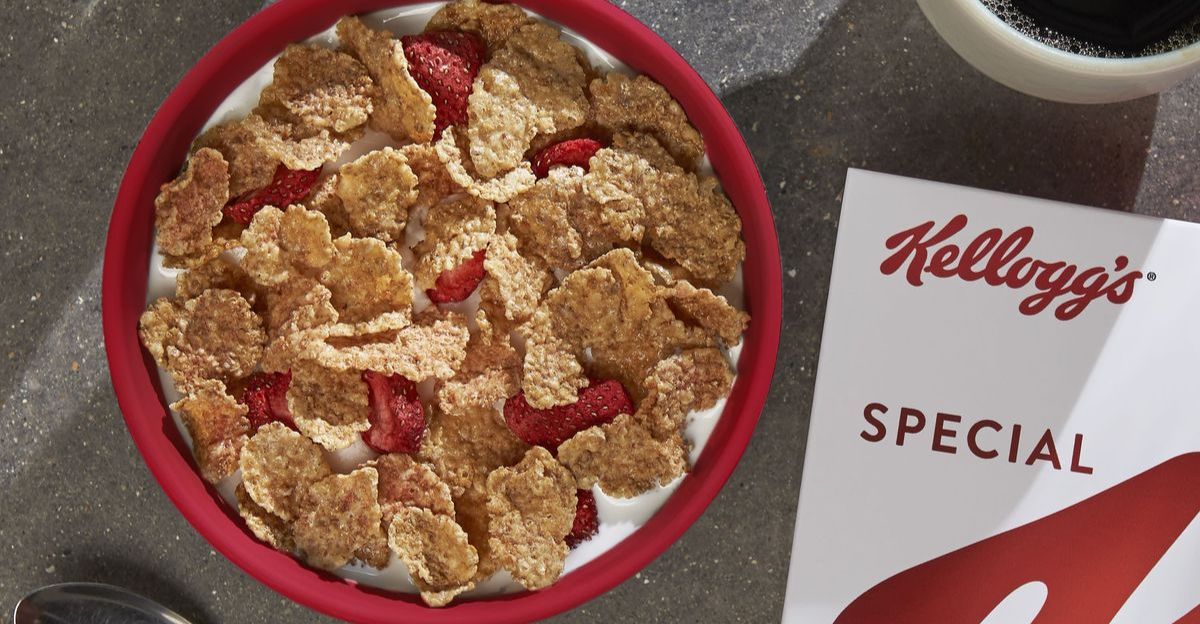
Cereal has lost its appeal to Americans. Since 2010, sales have decreased by almost 3% yearly, and the pandemic only provided a temporary reprieve. Even well-known brands like Frosted Flakes and Special K experienced consistent quarterly losses; in one quarter, Special K’s profits fell 16% as health-conscious consumers shunned products that were high in sugar and carbohydrates.
Breakfast used to be a sit-down family ritual, but due to changing work schedules and health trends, it has now become fragmented, on-the-go eating, or entirely skipped. Furthermore, many people are now closely examining cereals’ frequently hidden sugars, artificial additives, and low protein content due to growing awareness of the adverse effects of sugar.
Failed Revivals and Repositioning Gambits
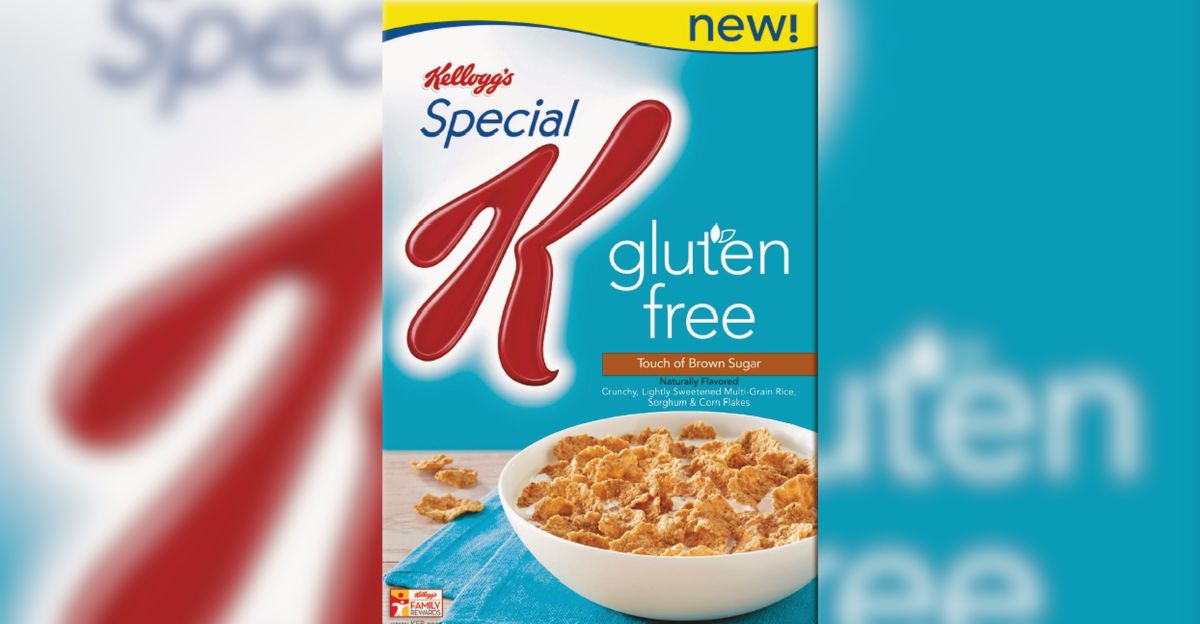
With little success, Kellogg’s spent billions on rebrandings, including protein cereals, gluten-free Special K, and new packaging. Cereal marketing attempts failed because plant-based and high-protein breakfast trends outpaced them. Attempts to change course, like proposing cereal for supper, came across as desperate and were mocked.
The market for health-conscious consumers quickly moved beyond the conventional cereal market and into fresh, customizable foods and creative protein alternatives, areas in which Kellogg’s is not very well-represented. This failure serves as a warning about the limitations of making minor adjustments to legacy products instead of pursuing strategic divestiture or a more thorough category reinvention.
Asset Optimization: A Survival Guide for Businesses
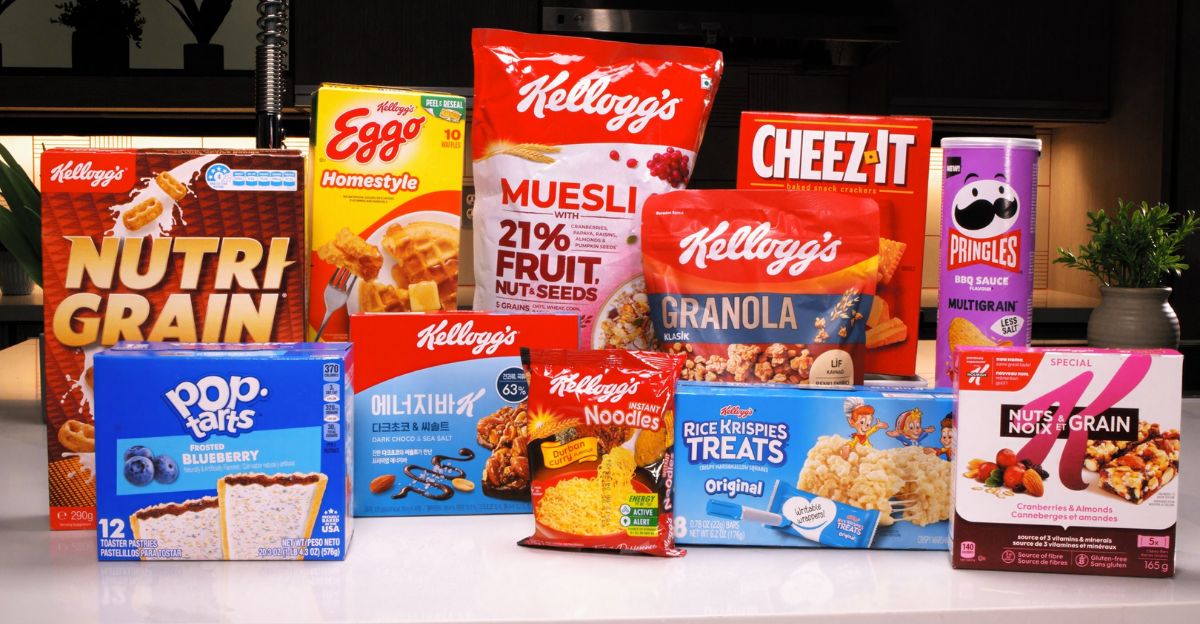
Strategic discipline is exemplified by this divestment: reduce losses, realize asset value, and reinvest where growth is genuine. Kellogg’s rejected the sunk-cost fallacy by splitting its snack business into Kellanova and discontinuing the cereal division entirely. This action freed up organizational resources for more productive use, a tactic taken directly from the best brand managers in the world.
By creating a more focused organization that is better suited to market demands, the separation enables Kellogg’s to accelerate its plant-based growth initiatives, breakfast innovation, and high-margin snacking. Crucially, this strategy also improves operational efficiency by lowering internal conflict between disparate business units, such as snacks versus cereals.
Global Brand Migration: The Cross-Border Movement of Icons

The sale to Ferrero represents a turning point in history: the exportation of remnants of American consumer culture. By using Ferrero’s innovation engine to revitalize cereal for new demographics, Italian stewardship offers the opportunity for continental reinvention. Saving money is only one goal; another is revitalizing stale brands with internationalization and new ideas.
A broader trend of food globalization is also highlighted by this cross-cultural transfer, in which iconic brand heritage is combined with local market trends to produce innovative consumer experiences. To rekindle interest, Ferrero could reinvent cereals as treats or snack occasions by fusing innovation and tradition.
Embracing Brand Mortality
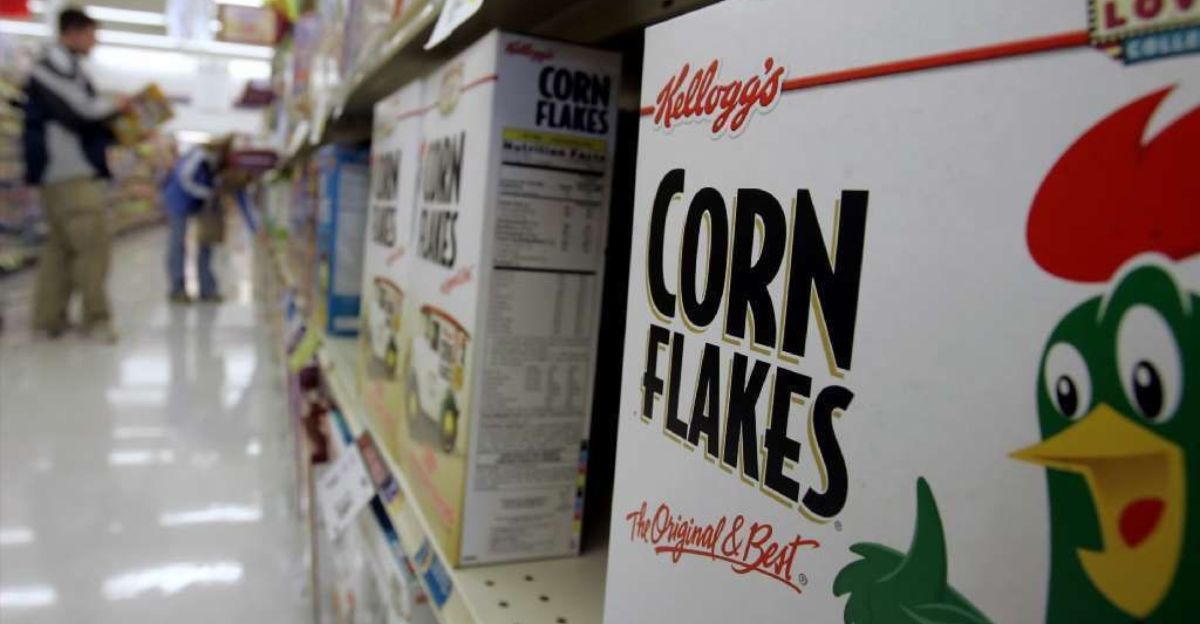
Brand extinction is often healthier than constant resuscitation, despite the cries of “brand patriotism” defenders. Using capital to support nostalgia is detrimental to the health of a business. Instead of holding onto unrealistic expectations, Kellogg’s hard exit is a sign of respect for market reality and a lesson for other legacy giants in denial.
This trap is avoided by Kellogg’s readiness to embrace brand mortality, which allows legacy to pass away gracefully rather than remain a burden that never gets better. In other contexts, where emotional attachment frequently impedes ruthless strategic judgment, this candor can encourage more realistic brand portfolio management. In this sense, brand death is a practical recognition of changing social values that makes room for new innovation and rebirth elsewhere, not a sign of failure.
The Second-Order Effect: A Warning About Nutrition

Kellogg’s can proactively reposition itself as an advocate for true public health rather than a defender of empty-calorie traditions by discontinuing cereals that have drawn criticism for their sugar content and artificial coloring. The company can now invest in meaningful innovation with a clear health focus without worrying about consumer skepticism or regulatory backlash thanks to the separation.
The old model of high-sugar, high-carb breakfast cereals is implicitly acknowledged to be at odds with current public health initiatives and wellness trends. Furthermore, the company can concentrate on clear nutrition communication and product reformulation that accounts for changing regulatory regimes, like sugar taxes or ingredient labeling requirements, by removing itself from products that are prone to controversy. This will safeguard the company’s reputation and financial performance in the long run.
Tesla, Chipotle, and Brand Disruption
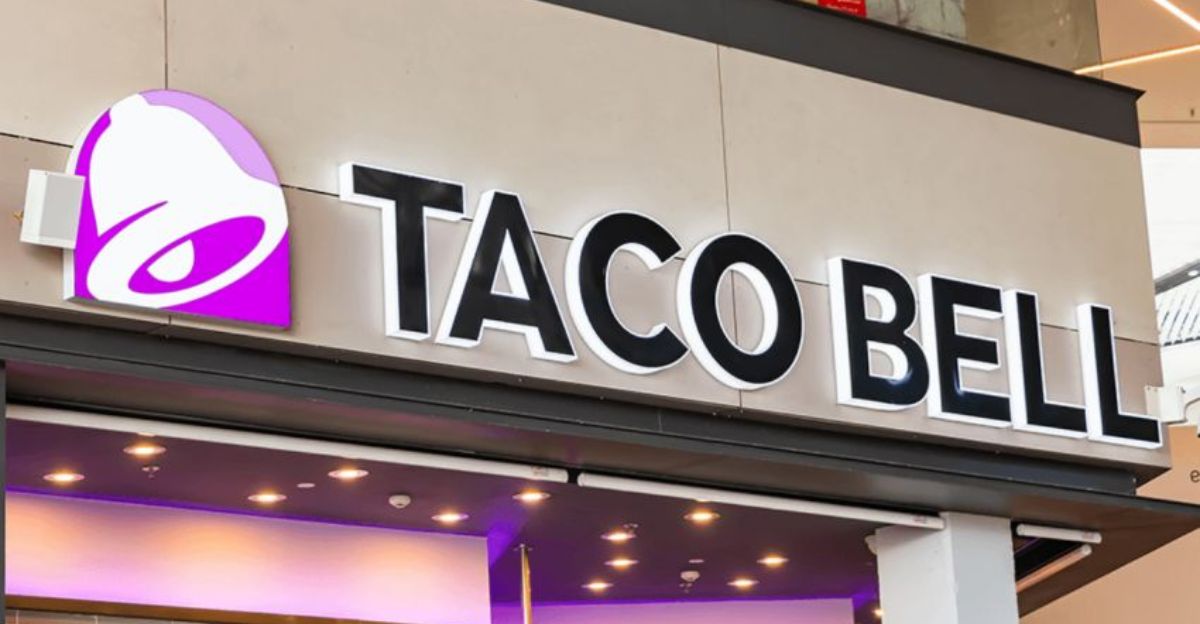
Kellogg’s action is reminiscent of other industries’ tactical excellence, such as Tesla’s bold embrace of purpose over legacy and Chipotle’s disruption of Taco Bell’s low-price philosophy with innovative positioning. Like those disruptors, Kellogg’s demonstrates that courage pays: letting go of moribund icons can enable rebirth and renewed relevance. This is comparable to the strategic shifts observed in other sectors where market leaders dared to question established norms.
History is filled with instances of businesses that either prospered by making daring, unpopular decisions or withered by clinging to antiquated paradigms, such as IBM’s decision to abandon its hardware division in order to concentrate on services or Nokia’s inability to adjust to smartphones.
A Different Past and Speculative Reversals
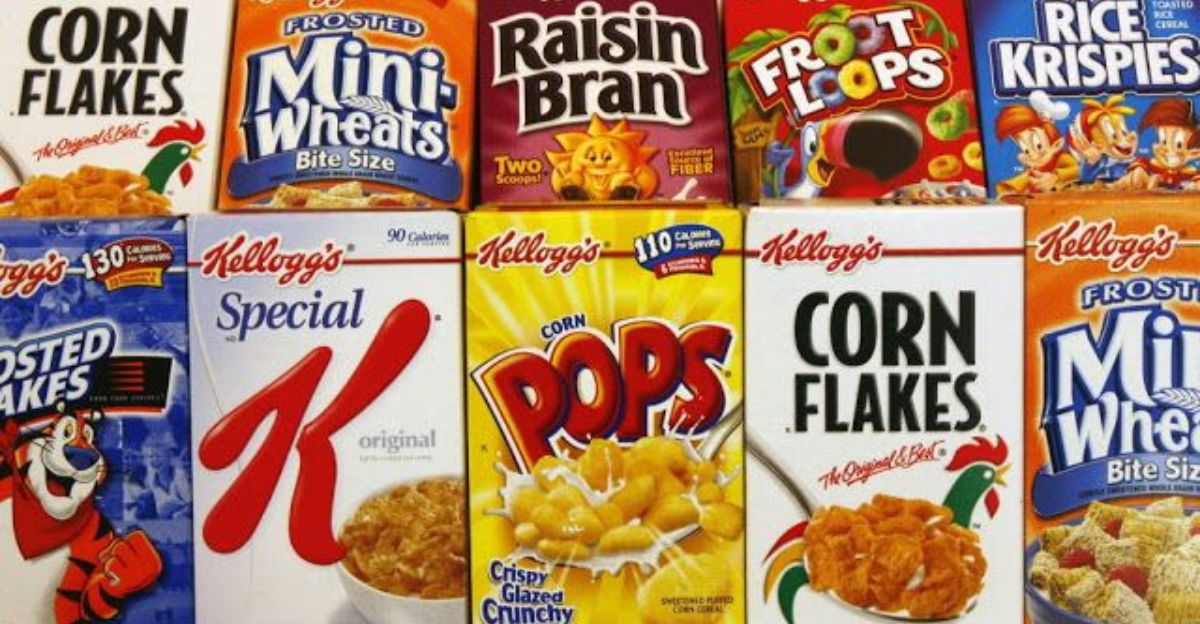
More value attrition, harm to Kellogg’s reputation, and greater irrelevance likely resulted from the company’s continued reliance on cereals. Instead, this sale upends the breakfast scene in Europe, puts pressure on the remaining players to compete, and establishes a strong precedent for managing failing empires in legacy industries, a theoretical framework for strategic exits.
By choosing a drastic break that frees up capital and management focus, the current move avoids the slow, agonizing death of irrelevance and gives the cereal brands a chance to compete under new leadership. This will enable Kellanova to create a new, more sustainable future.
Triumph Over Nostalgia
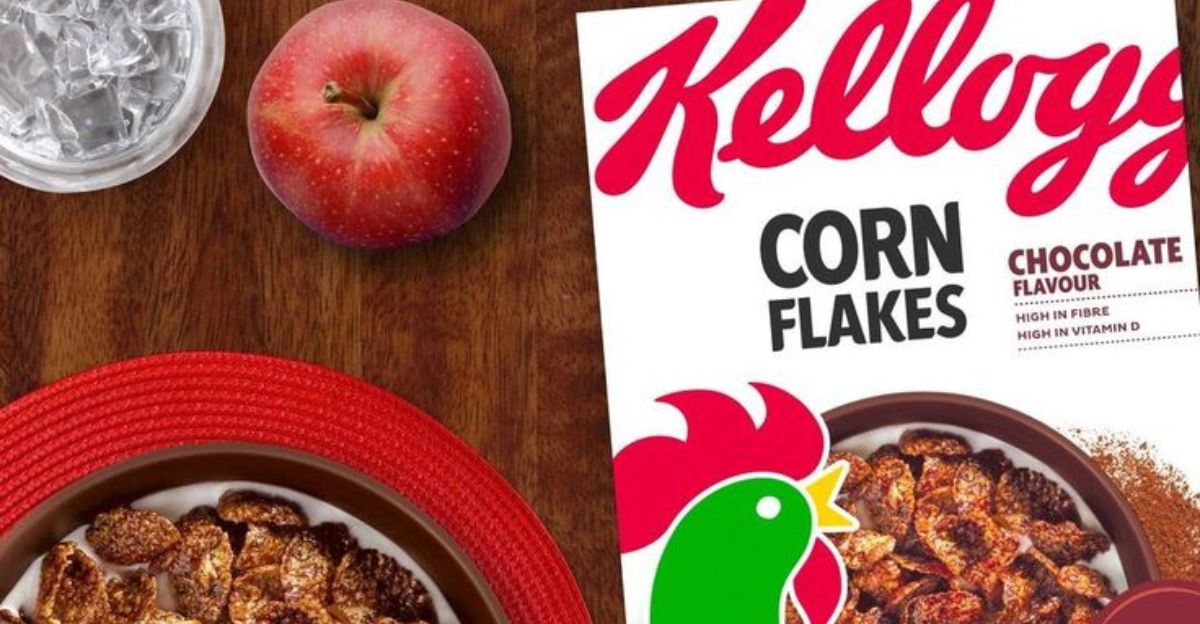
This was the astute development of an empire rather than its demise. Selling the cereal brands demonstrated Kellogg’s willingness to put long-term health ahead of short-sighted sentiment and was a brave act of renewal rather than retreat. The company’s decision is a harsh, much-needed lesson in how legacy brands must accept reality in order to survive and, eventually, flourish, in a world where nostalgia is rife.
It is a masterwork of strategic divestiture, demonstrating that, rather than fighting a losing battle, authentic leadership can occasionally entail knowing when to leave a category gracefully. Thus, Kellogg’s (now Kellanova) future is determined by its strategic clarity and agility rather than by what it lost, establishing a strong precedent for business adaptation in a harsh market.
